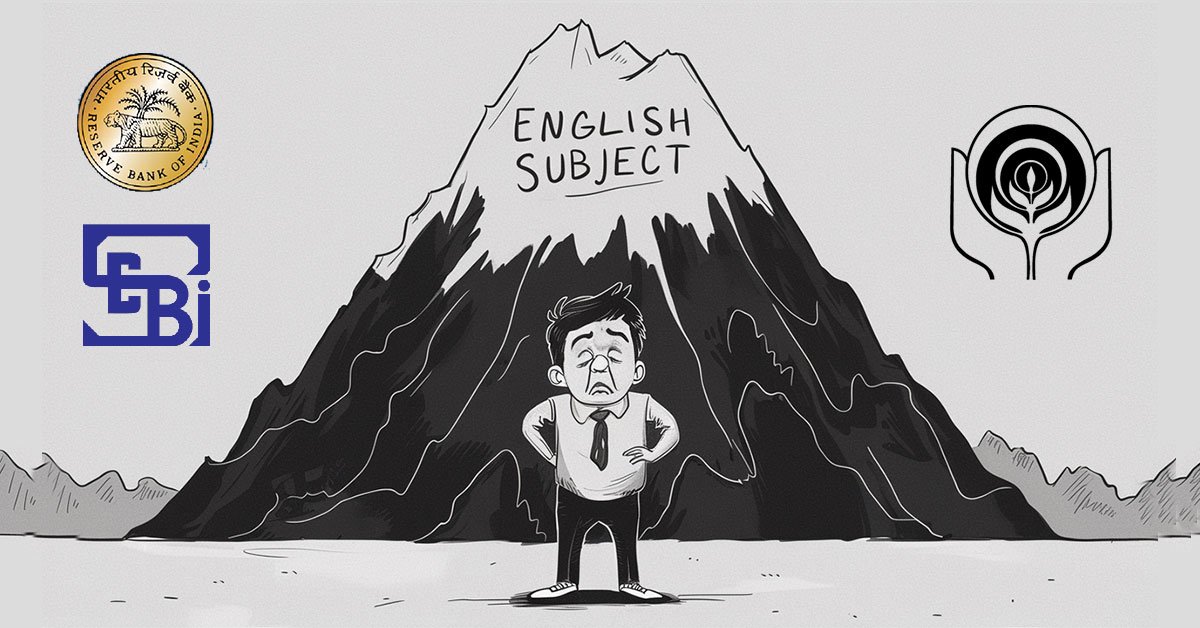In a mutual exchange between India and Bangladesh amid strained bilateral relations, the Indian Coast Guard (ICG) handed over 90 Bangladeshi fishermen for 95 Indian fishermen at the International Maritime Boundary Line.
The International Maritime Boundary Line (IMBL)
The International Maritime Boundary Line (IMBL) is a conceptual division of the Earth’s water surface that defines the international border at sea:
- Purpose
- IMBLs are established with the aim to define each country’s maritime zones, including territorial waters and exclusive economic zones (EEZs). In order to prevent conflicts over maritime jurisdiction.
- It is usually bounds areas of exclusive national rights over mineral and biological resources, encompassing maritime features, limits, and zones.
- How they are determined
- IMBLs are usually defined by the equidistance principle, which says that a nation’s marine boundary should be equidistant from the coastal areas of neighboring countries.
- How they are measured
- The United Nations Convention on the Law of the Sea (UNCLOS) measures maritime boundaries.
- What it Doesn’t Include?
- The terminology doesn’t include lakes or rivers boundaries, assumed to be inside the land borders.
- Examples
- The 1974 Maritime boundary agreement delineated the India-Sri Lanka IMBL in the Palk Strait.
India-Bangladesh Maritime Boundary
- Location
- The boundary is defined by a line that connects three points: LBT, Point 2, and Point 3.
- Establishment
- The Permanent Court of Arbitration established the boundary in 2014 after decades of disputes and failed negotiations.
- Land Border
- India and Bangladesh also share a land border. The total length of the border is 4,096 km, with parts of the border running through West Bengal, Assam, Meghalaya, Tripura, and Mizoram.















